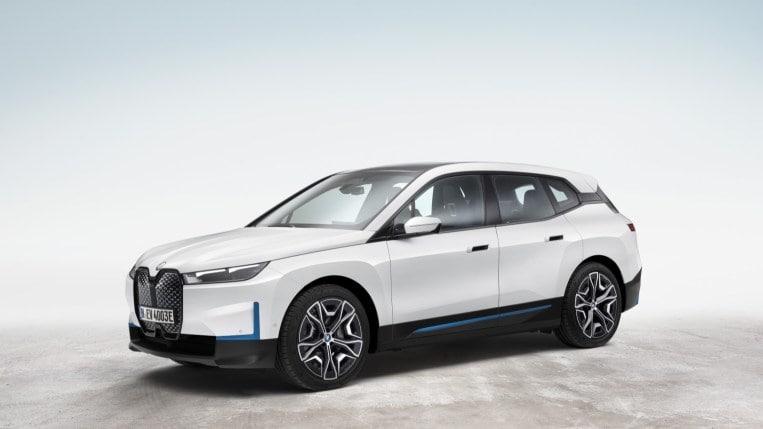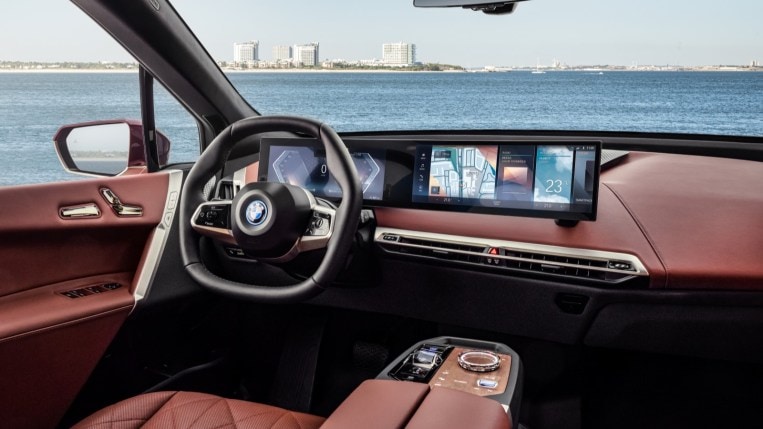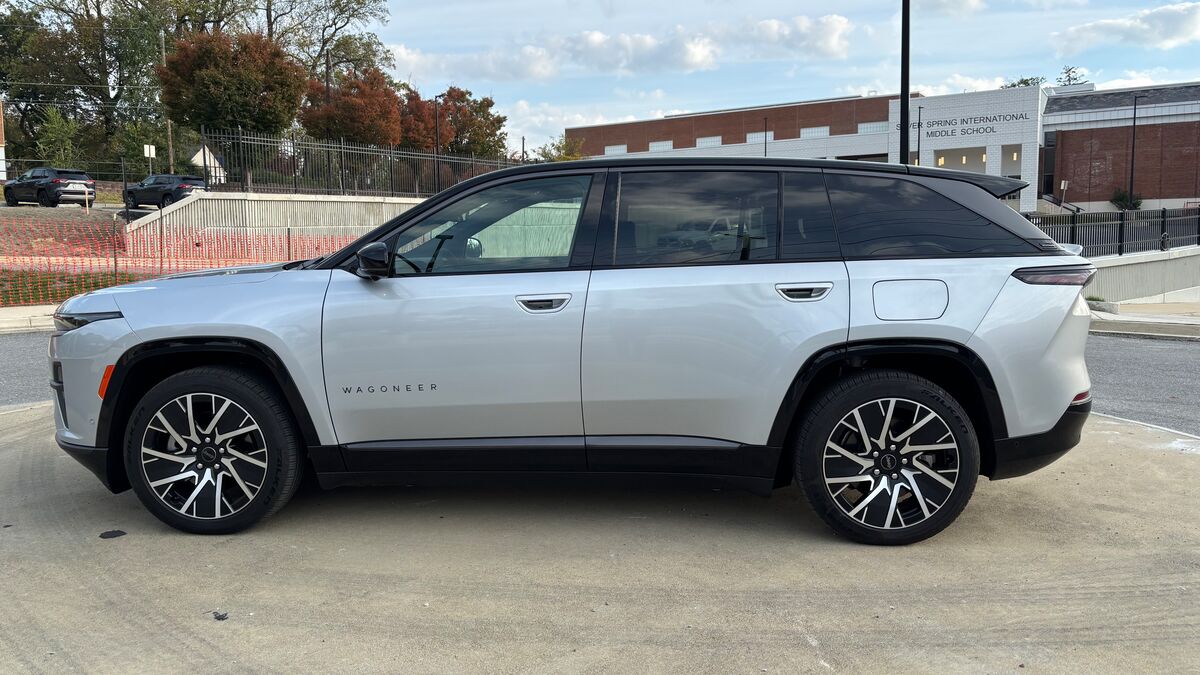With its upcoming iX electric SUV, BMW is rethinking not just the environmental impact of its cars but the processes by which it builds them.
The iX is a midsize crossover set to hit dealerships in early 2022. Retailing in the mid-$80,000 range, it uses a dual-motor setup good for about 500 horsepower. BMW says iX is capable of a 0-60 mph time of around 5 seconds. BMW says the iX should manage a driving range of about 300 miles on a charge.
On paper, those figures put it in competition with the Tesla Model X and should give buyers of such electric luxury SUVs a harder choice to make.
Wider environmental strategy
The iX is one of a series of electric vehicles (EVs) BMW plans to introduce as the automaker expects EVs to make up half its global sales volume by the end of the decade. But BMW has used the process of designing the iX to reconsider more than just the emissions of the car itself.
The factory that builds the car’s batteries, for instance, will use zero-emissions energy sources. The iX uses more than 132 pounds of recycled plastic in various parts, BMW says. This adds up to an 18 percent reduction in carbon emissions compared to using conventional part sources. The company is also stressing recycling at the end of the car’s life. The iX uses as many recyclable parts as possible.
BMW says it works with suppliers to consider both carbon reduction and human rights in the iX supply chain. Activists point to human rights abuses in the production of rare-earth metals. BMW’s approach is to make the electric motors for the iX without using them. That may be an industry first, though we should note that the company has yet to find a way to produce EV batteries without rare-earth materials.
The use of interior materials takes into consideration health as well as sustainability. Some commonly allergenic materials that make their way into car interiors, such as nickel, are absent or not in contact with passengers. The tanning of leather surfaces employs olive leaf extracts “and other natural materials.” BMW adds that “among the raw materials used for the floor coverings and mats are recovered fishing nets.”









